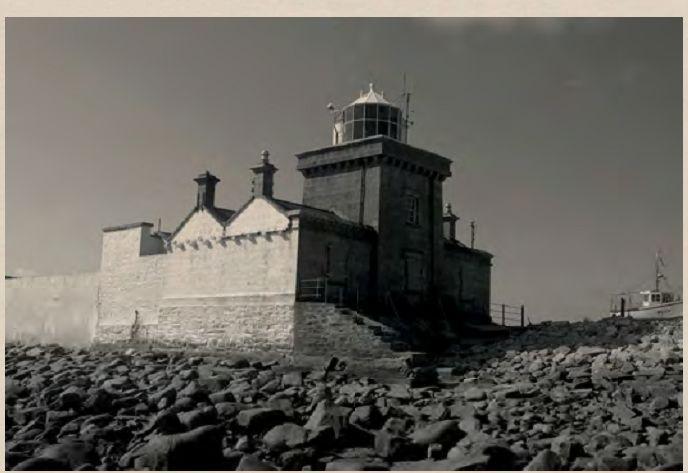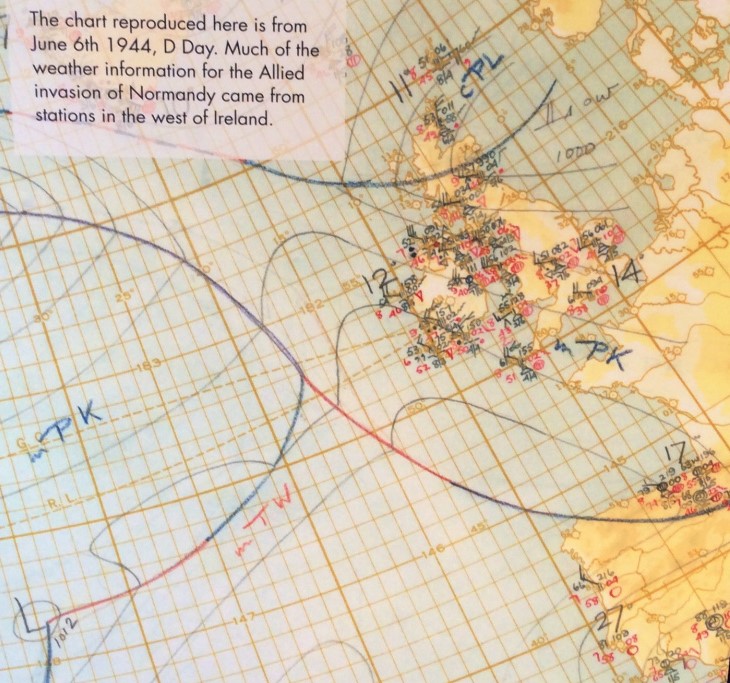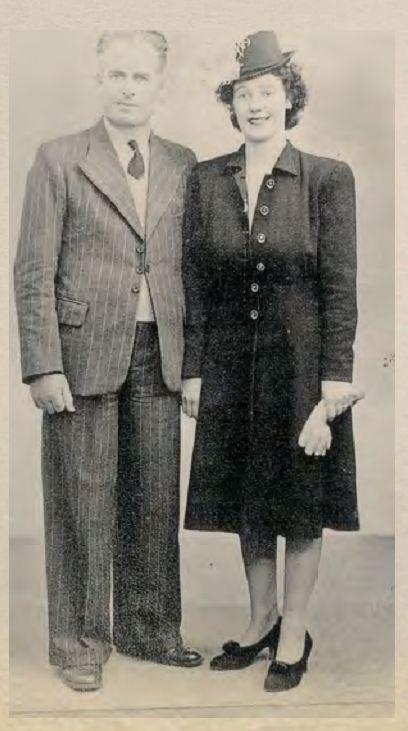History’s most important weather forecast
Weather forecasts are crucial for various activities in our daily lives, including planning outdoor activities, agricultural operations, transportation, and more. For example, farmers need to know when to plough, sow, and harvest their crops based on weather conditions. Similarly, transportation industries need to be aware of potential storms or adverse weather conditions for safety reasons.
Weather forecasts provide crucial information for emergency management agencies to prepare for and respond to natural disasters such as hurricanes, tornadoes, and floods as well as during wartime. With the 80th Anniversary of the D Day landings commemorated on 6th June, this feature focus on the later.

Weather has long played a vital role in human history. Kublai Khan’s attempted conquest of Japan was foiled when his invasion fleet was destroyed by a typhoon. Napoleon’s Grand Armee perished during his ill-fated Russian campaign, laid low by the sweltering heat of summer and the frigid cold of winter. Even at Waterloo, torrential rains turned the battlefield into a quagmire and contributed to his final defeat.
But the weather became even more important during the 20th century thanks to the invention of the airplane, tank, and modern ship. Bombers and other aircraft might be grounded by bad weather or their targets obscured by fog or clouds. Land offensives also depended on accurate predictions of the weather, and at sea convoys bearing vital supplies needed reliable forecasts to deliver their cargoes.
Meteorologists of the 1940s lacked such modern devices as satellite imagery, depending instead on barometers and other traditional, time-honoured tools. Even so, weathermen could make fairly accurate predictions up to 72 hours in advance.

Meteorology, or weather forecasting, is a science that played a seldom-acknowledged role in World War II. Knowing future wind and weather patterns, even if only a few days in advance, allowed for better planning of shipping and airplane routes and for spying and reconnaissance. Fog and rain could be used to conceal tactical movement.
Night of the Strong Wind
The fact that the UK Met Office still had only a very limited understanding of upper air winds, in particular, how narrow the bands of strong winds could be, was brought into tragically sharp focus on the night of 24–25th March 1944. An Allied Bomber stream of 811 aircraft destined for Berlin, which had been forecast to meet winds no stronger than 45-mph, was torn apart when it encountered winds in excess of 120-mph resulting in the loss of 72–Bombers.
Metrological Secrecy played a major part during WWII. In the US to prevent the use of metrological information by the enemy, the Office of Censorship forbade any mention of the weather forecast on the radio. The newspapers were still permitted to print temperature tables and regular bureau forecasts, but radios were completely silent when it came to weather. In the UK so important was the weather to the war effort that all general forecasts were banned.
On the home front, there were other reasons to keep the weather conditions top secret.
Keeping the nation fed was a high priority, so every scrap of land was turned to the till. Food was a precious resource and people lived with rationing.
During the WWII German U-boats menaced supplies coming across the Atlantic on merchant ships, and providing supplies became a weapon of war. For farmers and growers, the weather can mean the difference between having a good harvest and losing a crop. So special weather forecasts were broadcast on the BBC in code, as there were fears the Luftwaffe would target ripening crops.
The D-Day Weather Forecast
However meteorology was to play its greatest role yet, originating from a weather forecast from County Mayo Ireland lighthouse, operated by Ted Sweeny and Maureen Flavin which saved the D-Day invasion,
“Blacksod, Blacksod calling … Here is the weather report for June 3rd, 1944”.
In the history of mankind, few weather forecasts have carried such importance. As he cranked the telephone and delivered his news over a crackly line from Co Mayo’s most westerly point, Irish Coast Guardsman and lighthouse keeper Ted Sweeney had no idea the lives of more than 150,000 Allied troops would hang on his words.
The report convinced General Dwight D Eisenhower to delay the D-Day invasion for 24 hours, potentially averting a military disaster and changing the course of World War II.
The Normandy invasion was originally planned for June 5. Nearly 5,000 ships and over 11,000 aircraft would carry approximately 156,000 troops into battle on the day across a 60-mile beachfront and into the interior of the Cotentin peninsula. Because of the importance of the landings by sea and by air, the 6th and 7th were also pinpointed as possible dates because the moon and tide conditions were then deemed ideal.
According to the memoirs of Scotsman James Stagg, the chief meteorologist for the Normandy Landings, by June 2, the Americans were optimistic for a ‘go’ on June 5, whilst the British were “unmitigatedly pessimistic.” An agreement could not be reached.
Then, in the early morning hours of June 3, Ted Sweeney sent his hourly weather observation report, containing a warning of “a Force 6 wind and a rapidly falling barometer” at Blacksod.
Met Éireann analysis has confirmed that the Sweeney’s June 3 reports from Blacksod indicated a cold front lying halfway across Ireland and moving rapidly south eastwards and that a deep depression lay between Iceland and Scotland. Gale-force winds, low clouds, and heavy showers would still be affecting the English Channel in the early morning hours of June 5.
Group Captain Stagg, stationed at Southwick House outside Portsmouth, studied the Blacksod report and advised General Dwight D Eisenhower to postpone Operation Overlord for 24 hours. Eisenhower’s long-awaited weather clearance had arrived and he gave the order for the invasion to proceed. D-Day would be on June 6.
Maureen and Ted married after the war, but neither knew the role that they had played in D-Day until 1956. In that year the weather station was automated and moved from the lighthouse to Belmullet town and the secret was shared with the couple.

It was announced more publicly in 2004 with the unveiling of a plaque at the lighthouse, and in 2020, Maureen Flavin Sweeney, then 98, received a special US House of Representatives honour for her part in the war. She passed away on 17th December 2023, six months after her 100th birthday.
